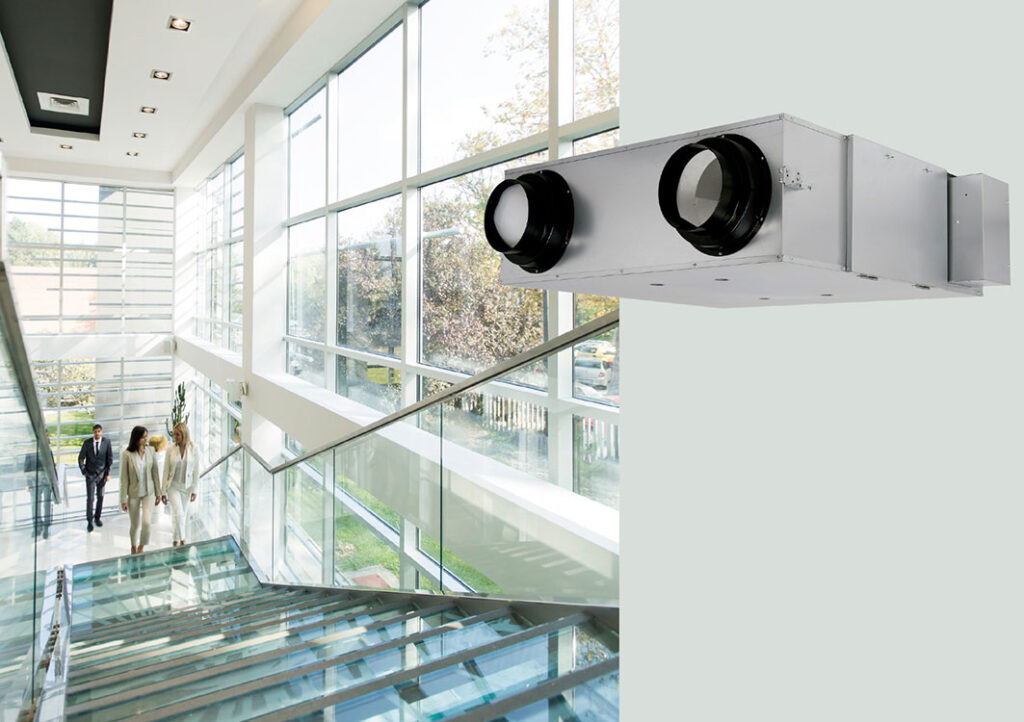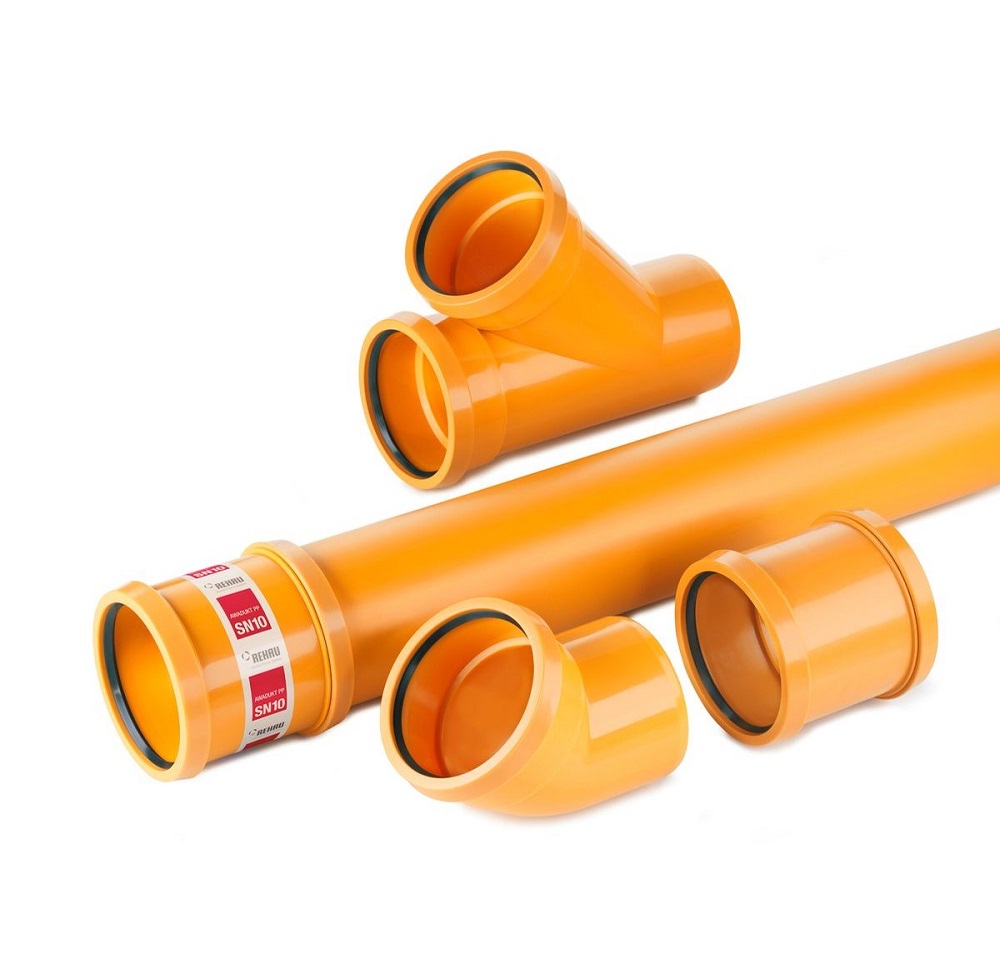Under control
The ability for noise to disturb – and sometimes dominate – our lives is well known. A recent investigation by ITV and location intelligence provider Groundsure revealed that more than half of UK citizens are disturbed by noise, and the number of people complaining about the issue is only increasing. Further still, it is estimated that more than 43,000 hospital admissions and 10,000 premature deaths are caused by noise across Europe every year.
As a key component of the building envelope, windows can – if correctly specified and installed – play a crucial part in controlling the noise that enters, and indeed leaves, a property. Of course, the glass used within those windows is vital in ensuring effectiveness.
Considering resonance
Generally, the thicker the glass, the better the acoustic performance. However, the ability of glass to attenuate sound ‘dips’ when it reaches a frequency that matches the natural resonant frequency of the pane.
“Today’s advanced glass solutions can utilise ‘dual-coating’ technology, which enable two coatings to be applied one pane of glass to provide multiple benefits”
This so-called coincident frequency is dependent upon thickness. For 4 mm monolithic glass, for example, the reduction in sound control performance occurs at 3,000 Hertz. This performance fall-off, however, can be largely overcome in insulating glass units by using panes of different thicknesses. So, when one pane is at its coincident frequency the other is not and continues to attenuate the sound. Not only does this reduce the dip but it also shifts it up the scale which is beneficial as the higher the frequency, the more effective the glass becomes at reducing the overall noise level.
In some projects however, increasing the thickness of an insulating glass unit may not be possible. This can often be the case on projects where the window or door rebate is restrictive or where there are weight limitations on the frame.
Fortunately, in these instances, acoustic performance can be improved by introducing a damping effect within the glass. By laminating the glass with standard PVB (polyvinylbutaryl), we can reduce the fall off in performance due to the coincident frequency and shift the frequency at which the downturn occurs. With acoustic laminated glass such as Pilkington Optiphon, the fall-off in performance at what would have been a coincident frequency for monolithic glass is almost eliminated. This often allows a thinner, lighter glass to be used in place of a thick, heavy monolithic glass, giving designers greater flexibility in design.
Going the extra mile
Even on the most challenging projects, such as high-profile, high-risk buildings, the benefits of acoustic laminated glass can be combined with other benefits. The presence of the PVB interlayer that separates the two panes of glass, can provide the level of impact resistance needed for safety glass in critical locations.
Similarly, widening the gap between panes as for secondary glazing, can improve acoustic insulation even further. This is especially beneficial to homes close to multiple loud noise sources, for example flight paths, train lines or busy roads.
Installing noise control glazing doesn’t necessarily mean compromising on other performance capabilities. Today’s advanced glass solutions can utilise ‘dual-coating’ technology, which enable two coatings to be applied one pane of glass to provide multiple benefits. For example, it’s possible to specify an insulating glass unit that controls noise levels, is self-cleaning and thermally efficient and is laminated for added security. This is useful when the requirements of a project are complex and numerous.
Looking ahead
As towns become noisier and developers are forced to utilise building space in ever more efficient ways, the likelihood is that living environments will become louder. It’s vital to consider the role that windows can play as part of the building envelope when seeking to control noise levels within the built environment. By using the next-generation glazing solutions now available on the market, specifiers can be assured that their projects will be future proofed against ever-tightening legislation – and a noisier tomorrow.




















